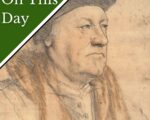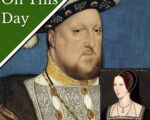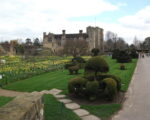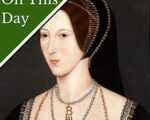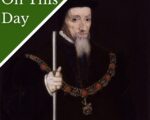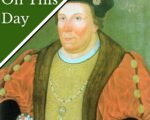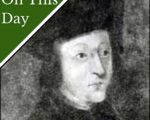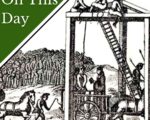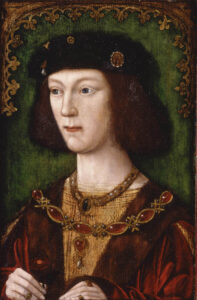 On this day in Tudor history, 21st June 1509, England’s new king, the nearly 18-year-old Henry VIII, travelled from Greenwich to the Tower of London.
On this day in Tudor history, 21st June 1509, England’s new king, the nearly 18-year-old Henry VIII, travelled from Greenwich to the Tower of London.
Chronicler Edward Hall recorded:
On the 21st day of this month of June, the king came from Greenwich to the Tower, over London Bridge, and so by Grace Church, with whom came many a well appareled gentleman, but in especial the Duke of Buckingham, which had a gowne all of goldsmithes work, very costly.
It was traditional for monarchs to stay at the Tower of London, where they would create Knights of the Bath, before their coronations. Henry and his new bride, Catherine of Aragon, were due to process through the streets of London to Westminster on 23rd June, and their coronation would take place on 24th.
[Read More...]
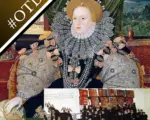


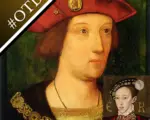
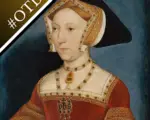

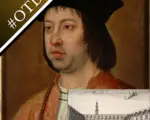

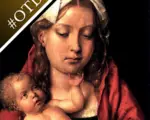
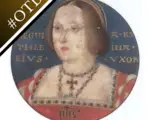
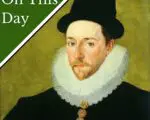

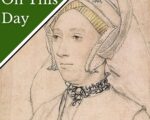
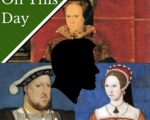
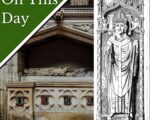
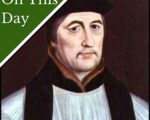
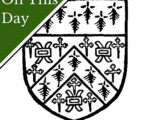
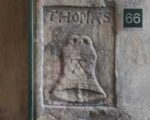
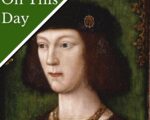
 On this day in Tudor history, 21st June 1509, England’s new king, the nearly 18-year-old Henry VIII, travelled from Greenwich to the Tower of London.
On this day in Tudor history, 21st June 1509, England’s new king, the nearly 18-year-old Henry VIII, travelled from Greenwich to the Tower of London.